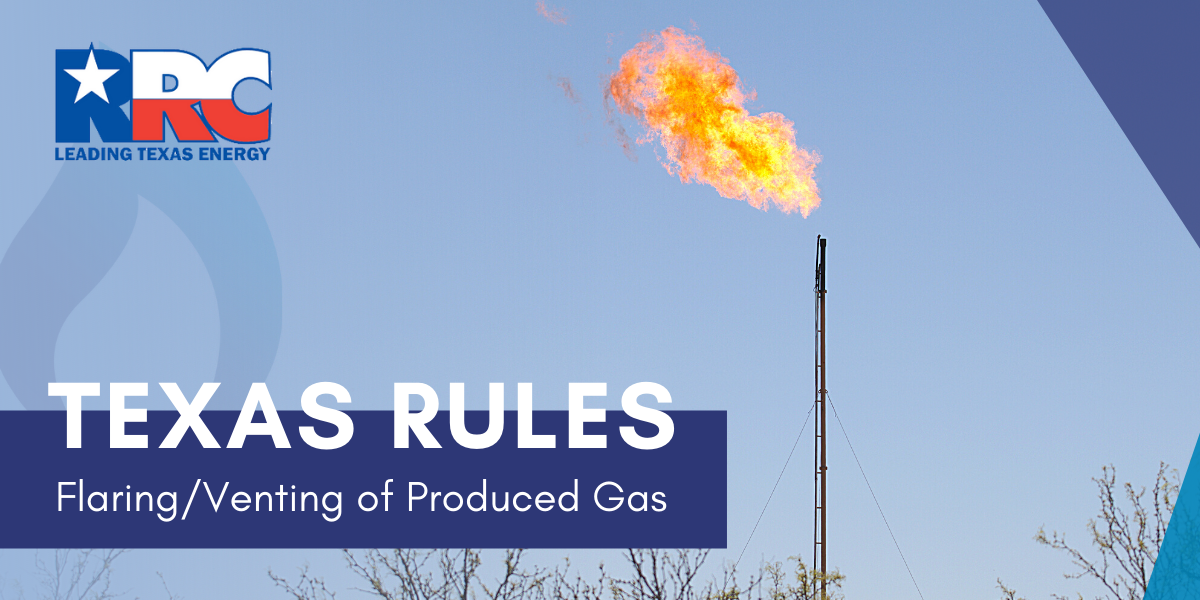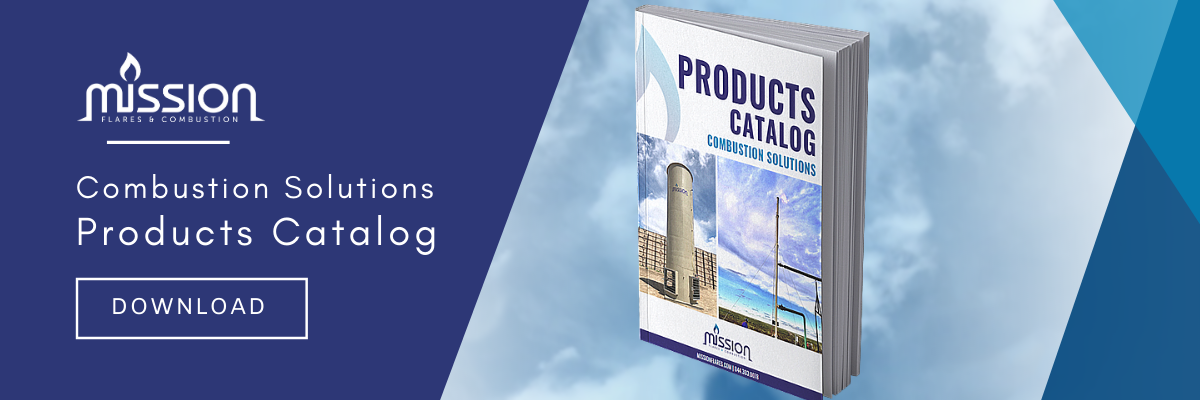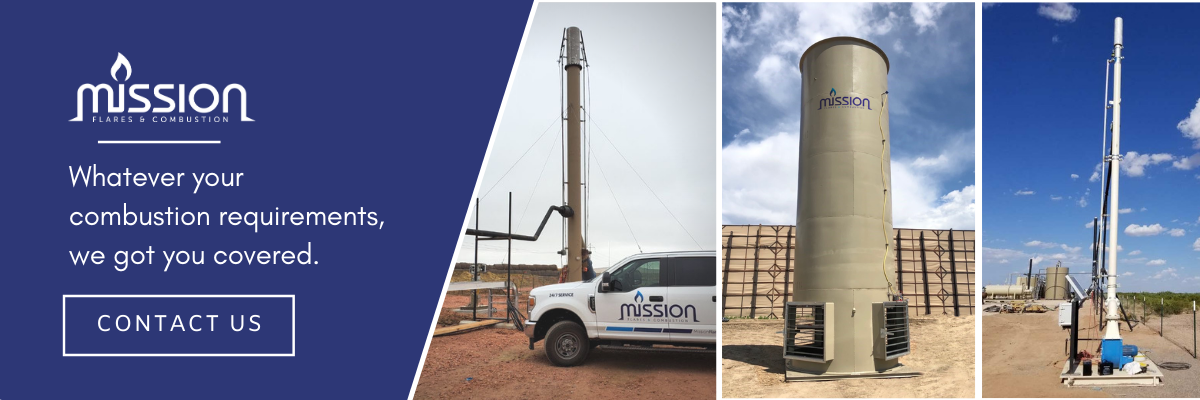4 min read
RRC Statewide Rules on Flaring/Venting of Produced Gas
Mission Flare's Team
Nov 25, 2020 2:22:25 PM
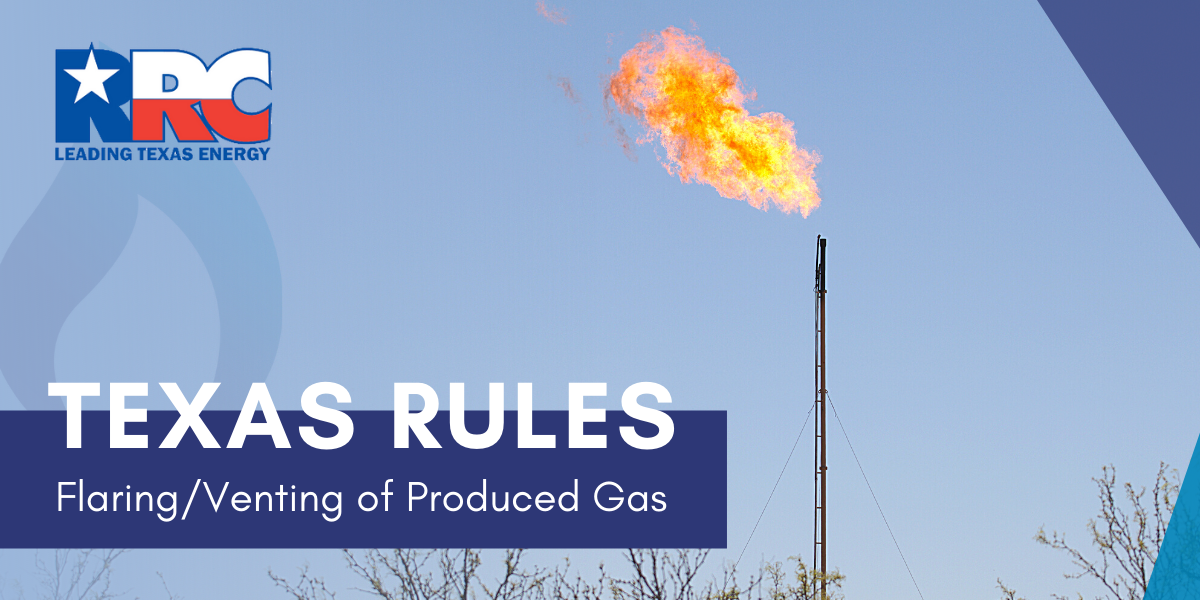
We all know that when it comes to flaring produced gas in Texas, RCC is the boss.
But what rules shall we really comply with when flaring and what are some exceptions? Let's dive into the details of the Railroad Commission Statewide Rule 32.
What is flaring?
Flaring is a process used primarily in the production of crude oil in which excess natural gas produced with the oil is burned off at the well head, rather than released into the atmosphere.
Who regulates flaring?
As the state’s primary regulator of energy resource production, the Railroad Commission (RRC) has jurisdiction over flaring operations with respect to prevention of waste of natural resources.
In addition, the Texas Commission on Environmental Quality has jurisdiction over air quality issues related to flaring. The TCEQ handles all complaints regarding air quality and air pollution.
RCC's mission
RCC's mission is to serve Texas by their stewardship of natural resources and the environment, their concern for personal and community safety, and their support of enhanced development and economic vitality for the benefit of Texans.
Why is flaring allowed?
The Commission’s Statewide Rule 32 (16 Texas Administrative Code §3.32) states that all gas from any oil well, gas well, gas gathering system, gas plant or other gas handling equipment shall be utilized for purposes and uses authorized by law.
-
Rule 32 allows operators to flare gas while drilling a well and for up to 10 days after a well’s completion to conduct well potential testing.
-
Rule 32 also allows an operator to request an exception to flare gas in certain circumstances.
The majority of exceptions authorizing flaring received by the Commission are for flaring casinghead gas from oil wells.
-
Exceptions to flare from gas wells are not typically issued as natural gas is the main product of a gas well.
-
Flaring of casinghead gas for extended periods of time may be necessary if the well is drilled in areas new to exploration.
-
In new areas of exploration, pipeline connections are not typically constructed until after a well is completed and a determination is made about the well's productive capability.
Other reasons for flaring include: gas plant shutdowns; repairing a compressor or gas line or well; or other maintenance.
In existing production areas, flaring also may be necessary because existing pipelines may have reached capacity. Commission staff issue flare exceptions administratively for 45 days at a time, for a maximum limit of 180 days. Extensions beyond 180 days must be granted through a Commission Final Order.
How does the RCC regulate flaring?
To be more specific, Rule 32 authorizes the flaring of gas while drilling a well and for up to 10 days after a well’s completion for operators to conduct well potential testing.
Outside of that time period, the Commission requires operators to obtain an exception to Rule 32 authorizing flaring for specific situations and circumstances.
The RCC works closely with operators to ensure compliance with Commission rules. RRC District Offices have inspectors available to witness operations, conduct inspections, provide information about permitting requirements, and ensure compliance with permits issued by the Commission.
How is flaring without a permit possible?
Flaring without a permit is allowable under special conditions.
Gas releases to be flared or vented
The RCC may require flaring of releases of gas not readily measured if the Commission determines that flaring is required for safety reasons (e.g. high concentrations of H2S).
Some details to consider include:
-
All gas releases >24 hours duration shall be burned in a flare, if the gas can burn safely
-
All gas releases of <24 hours duration may be vented to the air if not required to be flared for safety reasons (contact District Office for verification)
Gas Releases Authorized by Rule
Authorized gas releases during production operations must be measured (metered) and be reported on monthly Production Reports. Flaring beyond the limits set in the following scenarios requires an exception (permit) to be granted.
Gas Releases from gas gathering system or gas plant
Gas may be released for up to 24 hours in the event of a pipeline or gas plant upset. Its important to know that you must notify the local District Office as soon as reasonably possible after release begins.
In addition, if gas plant operator presents information that shows necessity of release is justified beyond 24
hours, the operator may continue to flare gas. However, operators must file exception request within one business day after first 24 hours of release.
What is required for an exception and what does it do for an operator?
Flare exceptions (also known as “Flare Permits”) are valid for 45 days up to a total of 180 days. Flare permits may be indefinitely approved administratively with adequate justification if less than 50 mcf/day.
Exceptions for more than 180 days may only be granted through a final order (hearing) signed by the Commission. Exceptions also involve a fee of $375.00 per gas well, oil lease, or commingled vent/flare point
Documentation required for permanent exception
- Cost benefit analysis
- Map showing nearest pipeline capable of accepting gas
- Estimate of gas reserves
Mission Flare's Combustion Solutions
Whatever your combustion requirements, Mission Flares has you covered.
Our emissions control devices come in a wide range of standard models, or we are able to design and manufacture custom units to your exact specifications.
All of our combustion solutions are manufactured to meet or exceed industry regulations, no matter in what state or area you operate.
Product Offerings
Some of our combustion solution offerings include:
- Enclosed Flares (Combustors)
- Vapor Recovery Units (VRUs)
- Air Assist Flares
- Sonic Flares
- High Pressure Flares
Contact us to learn more on how we can assist you in your project.
References
Flaring Regulation, Railroad Commission of Texas, 2018
https://www.rrc.state.tx.us/about-us/resource-center/faqs/oil-gas-faqs/faq-flaring-regulation/
Texas Administrative Code, Title 16, Part 1, Chapter 3 - §3.32 Gas Well Gas and Casinghead Gas Shall Be Utilized for Legal Purposes.
https://texreg.sos.state.tx.us/public/readtac$ext.TacPage?sl=R&app=9&p_dir=&p_rloc=&p_tloc=&p_ploc=&pg=1&p_tac=&ti=16&pt=1&ch=3&rl=32
About Mission Flares
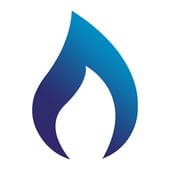 Mission Flares specializes in the design, manufacturing and installation of reliable combustion devices.
Mission Flares specializes in the design, manufacturing and installation of reliable combustion devices.
Mission Flares manufactures the following products that benefits the Upstream and Midstream Oil & Gas Sector: Vapor Recovery Units, Air Assist Flares, Vapor Combustors, Sonic Flares, High Pressure Flares, Oil & Gas Production, Oil & Gas Produced Water, Tank Batteries.
Mission Flares also manufactures products that benefit the Midstream Oil & Gas Sector: Thermal Oxidizers, Utility Flares, Steam Assist Flares, Marine Loading Terminals, Rail Loading Terminals, and Truck Loading Terminals.
